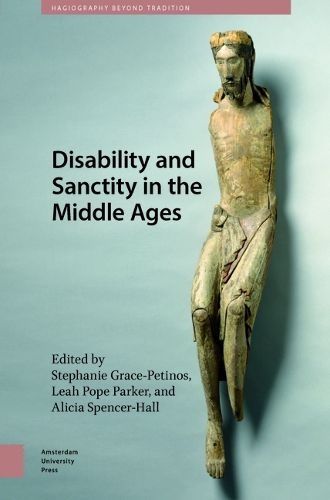Readings Newsletter
Become a Readings Member to make your shopping experience even easier.
Sign in or sign up for free!
You’re not far away from qualifying for FREE standard shipping within Australia
You’ve qualified for FREE standard shipping within Australia
The cart is loading…






This volume significantly expands current understandings of both disability and sanctity in the Middle Ages. Across the collection, heterogeneous constructions, and experiences, of disability and holiness are excavated. Analyses span the tenth to the fourteenth century, with discussion of holy men and holy women, Western Christian and Buddhist traditions, hagiographic texts, images, and artefacts. Each chapter underscores that disability and sanctity co-exist with a vast array of connotations, not just fully positive or fully negative, but also every inflection in between. The collection is a powerful rebuttal to the notion of the integral relationship of disability-medieval and otherwise-with sin, stigma, and shame. So doing, it recentres medieval disability history as a lived history that merits exploration and celebration. In this way, the volume serves to reclaim sanctity in disability histories as a means to affirm the possibility of radical disability futures.
$9.00 standard shipping within Australia
FREE standard shipping within Australia for orders over $100.00
Express & International shipping calculated at checkout
This volume significantly expands current understandings of both disability and sanctity in the Middle Ages. Across the collection, heterogeneous constructions, and experiences, of disability and holiness are excavated. Analyses span the tenth to the fourteenth century, with discussion of holy men and holy women, Western Christian and Buddhist traditions, hagiographic texts, images, and artefacts. Each chapter underscores that disability and sanctity co-exist with a vast array of connotations, not just fully positive or fully negative, but also every inflection in between. The collection is a powerful rebuttal to the notion of the integral relationship of disability-medieval and otherwise-with sin, stigma, and shame. So doing, it recentres medieval disability history as a lived history that merits exploration and celebration. In this way, the volume serves to reclaim sanctity in disability histories as a means to affirm the possibility of radical disability futures.